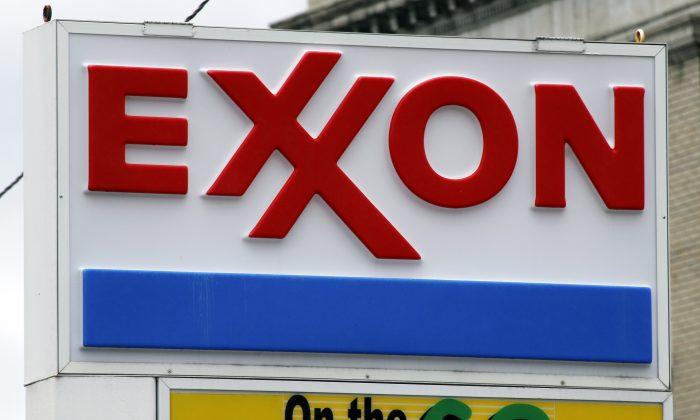One of the nation’s largest utility operators said it remains committed to its $54 billion capital plan over the next five years to support its growing power demand, driven mainly by hyperscale data center demand, manufacturing reshoring, and major economic development growth across the United States.
Columbus, Ohio-based American Electric Power Inc. (AEP), which operates 11 regulated utilities across the Midwest, said the Trump administration’s tariff policy will have minimal impact on its multibillion-dollar capital plan, which includes customer commitments for more than 20 gigawatts of new commercial power through 2030.
According to FactSet, the Ohio utility giant easily beat Wall Street’s earnings estimates of $1.34 per share on revenue of $5.33 billion.
In highlighting the utility operator’s strong first-quarter performance, Fehrman said the company plans to invest more than $34 billion of its $54 billion capital outlay to expand its transmission and distribution system and enhance its power grid nationwide.
Nationally, AEP’s commercial power load grew by 12.4 percent from a year ago across the company’s 11-state footprint, primarily driven by historic large-load power growth from commercial and industrial customers in Indiana, Ohio, Oklahoma, and Texas.
The new transmission project will also support the growing power needs of the oil and gas industry in West Texas’s Permian Basin, the nation’s top shale-producing region. In 2023, Texas Gov. Greg Abbott signed legislation to develop an electric reliability plan for the area.
Fehrman, who was named AEP’s president and chief executive in August 2024 after former CEO Julia Float abruptly resigned early in the year, also reaffirmed the company’s yearly operating earnings guidance of $5.75 to $5.95 per share and long-term growth rate of 6 percent to 8 percent annually.
“This guidance is reinforced by a balanced and flexible $54 billion, five-year capital plan with the potential for incremental investments of up to $10 billion over the same period,” Fehrman told analysts, adding that AEP may need to add infrastructure to support the company’s growing power demand.
In response to several questions from analysts concerning the growing power demand for artificial intelligence (AI)-driven hyperscale data centers and other large projects, Fowke said AEP is working with various stakeholders and policymakers in areas where the company has regulated utilities to address these issues.
“As our generation needs increase to meet growing demand, we are engaging with key stakeholders and making thoughtful investments in new generation align with their needs and state policies,” Fehrman said. “Our team has worked diligently to develop creative energy solutions that keep our customers’ needs top of mind.”
According to Fehrman, AEP has submitted integrated resource plan filings with Arkansas, Indiana, Kentucky, Michigan, Virginia, and West Virginia utility regulators to support its generating capacity obligations in those states. Since the previous quarter, he said AEP has connected hyperscale AI-data centers for Amazon and Google in Indiana, “representing billions of dollars” in investments. At the same time, high-tech customers in Ohio and Texas have planned projects coming online in 2025.
“You can expect to see us continue to work with federal policymakers, regulators and state legislators as we further modernize our energy grid,” said Fehrman. “Across our 11 state operating footprints, we currently have more than 500 existing and potential customers actively requesting to connect almost 80 gigawatts of load to our transmission system.”
As of 2:16 p.m. EST, AEP shares were up by 0.72 percent at $108.22 on the Nasdaq Stock Exchange.







